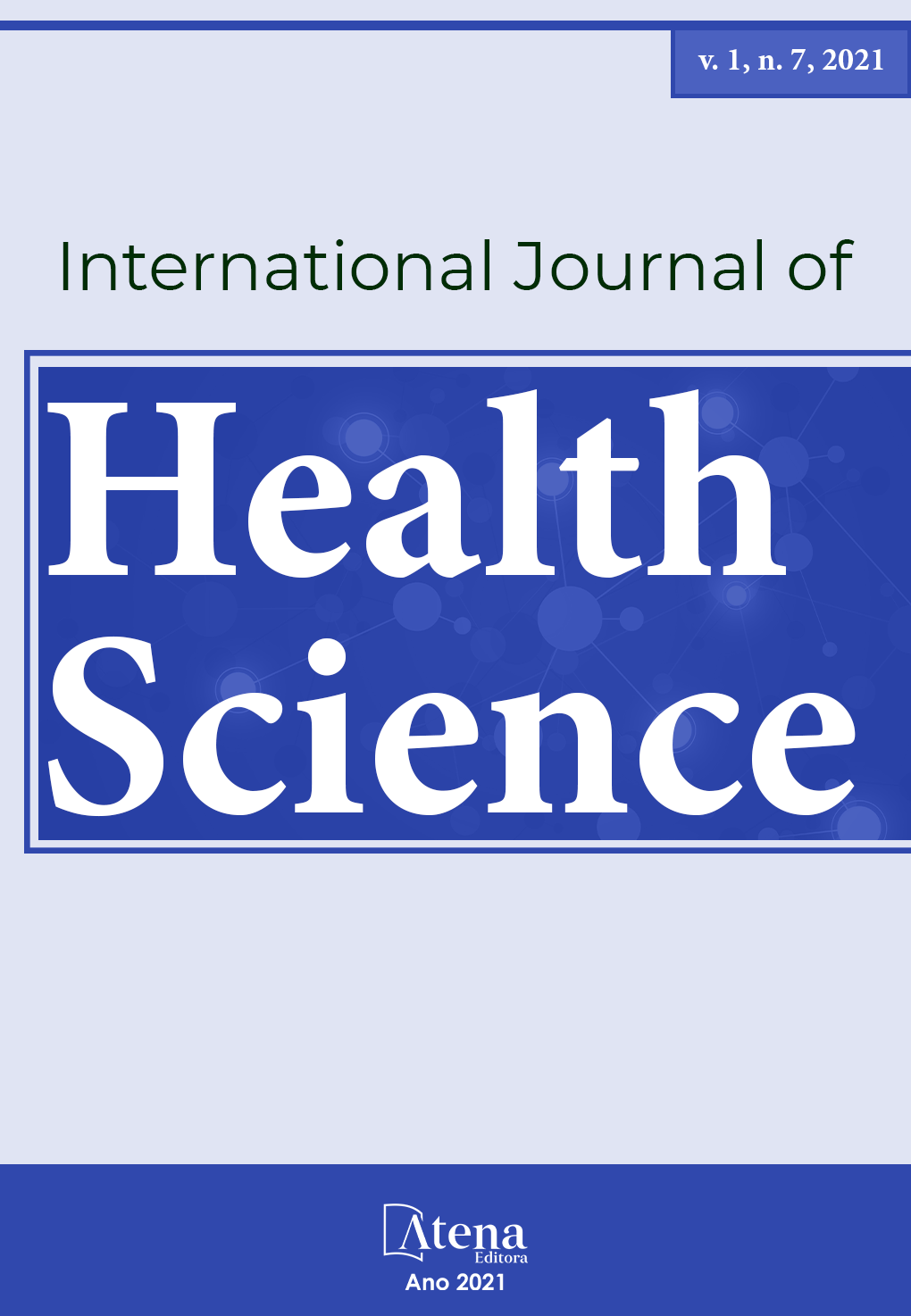
SURGICAL ASSISTANCE: THE IMPORTANCE OF SAFE SURGERY CHECK-LIST IN CESAREANS
We believe that a patient dying from a surgical error is a rare occurrence. However, a report published by the Centers for Disease Control and Prevention suggests that in the year 2013, the number of patients dying from “medical errors” would be 251,000. In the US alone it is half the number of 585,000 people who succumb to cancer and eight times more from accidents with motor vehicles 34,000. According to the World Health Organization, in developed countries, 50% of all adverse events that occur in hospitalized patients are related to surgical care, half of which, in turn, are considered preventable. The problem of surgical safety is widely recognized around the world. From this, specialists prepared a checklist consisting of three steps, namely: Identification (before anesthetic induction), Confirmation (before the surgical incision - surgical pause, with the presence of all team members in the operating room) and Registration ( before the patient leaves the operating room). For the nurse, the implementation of the checklist can bring benefits to the patient, with an emphasis on promoting safety. For the team, the benefits consisted of improving communication and using the list as an opportunity for dialogue between professionals; and improving the quality of care was the main benefit factor related to the health service. The evidence generated made it possible to identify the benefits, facilitators and barriers in implementing the checklist in the national context.
SURGICAL ASSISTANCE: THE IMPORTANCE OF SAFE SURGERY CHECK-LIST IN CESAREANS
-
DOI: 10.22533/at.ed.1592103126
-
Palavras-chave: Perioperative nursing; Check list of surgeries; Patient safety; Caesarean.
-
Keywords: Perioperative nursing; Check list of surgeries; Patient safety; Caesarean.
-
Abstract:
We believe that a patient dying from a surgical error is a rare occurrence. However, a report published by the Centers for Disease Control and Prevention suggests that in the year 2013, the number of patients dying from “medical errors” would be 251,000. In the US alone it is half the number of 585,000 people who succumb to cancer and eight times more from accidents with motor vehicles 34,000. According to the World Health Organization, in developed countries, 50% of all adverse events that occur in hospitalized patients are related to surgical care, half of which, in turn, are considered preventable. The problem of surgical safety is widely recognized around the world. From this, specialists prepared a checklist consisting of three steps, namely: Identification (before anesthetic induction), Confirmation (before the surgical incision - surgical pause, with the presence of all team members in the operating room) and Registration ( before the patient leaves the operating room). For the nurse, the implementation of the checklist can bring benefits to the patient, with an emphasis on promoting safety. For the team, the benefits consisted of improving communication and using the list as an opportunity for dialogue between professionals; and improving the quality of care was the main benefit factor related to the health service. The evidence generated made it possible to identify the benefits, facilitators and barriers in implementing the checklist in the national context.
-
Número de páginas: 16
- Patrick de Abreu Cunha Lopes
- Silvia Maria Araújo Moraes
- Santiago Soares Ozorio
- Andre Luis Yamamoto Nose
- Lucas do Nascimento Freire


